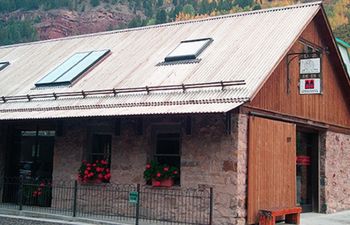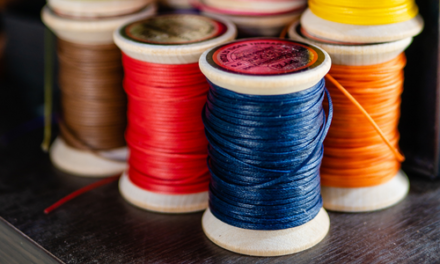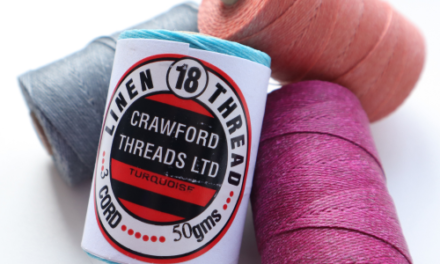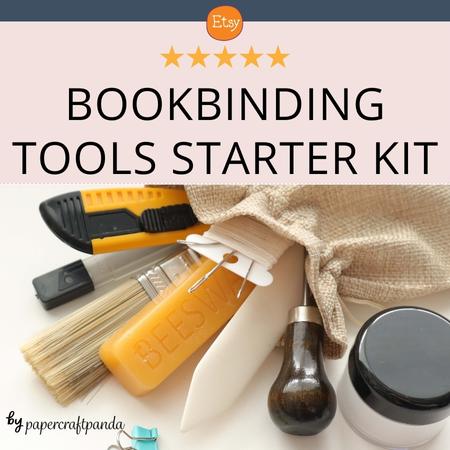I’ve said it before and I’ll say it again – you don’t need formal training to be a bookbinder. All you need is a successful bookbinder who wants to teach you everything they know. That’s where I come in. If you want to learn bookbinding, here’s how to get started!
Before I jump into each topic below, I want to give you Answers to Some of the Most Common Paper Questions for New Bookbinders. This is perfect for anyone who has already made a book or two, but has more questions.
What is bookbinding?
At its very simplest, bookbinding is the physical assembly of the individual parts of a book into a single volume.
Putting a book together needs a few tools, skills and techniques, which you can pick up easily over time.
Binding a book can be simple or complex. No matter where you start, there is room for everyone.
What do I need to start making books?
You’ve probably found a ton of different posts about how to start making books. Everyone has an opinion and some of those people would make money if you bought their suggestions. I know, because I’ve been there. I wished someone would just tell it to me straight.
So, here it is. This is me giving it to you straight. To make your first book, you’ll need:
- Paper.
Yup, that’s it. Since books are just an “assembly of pages into a single volume”, you don’t need glue or any crazy tools to make one.
That said, I have a sneaky suspicion you want to create a book that looks like this:
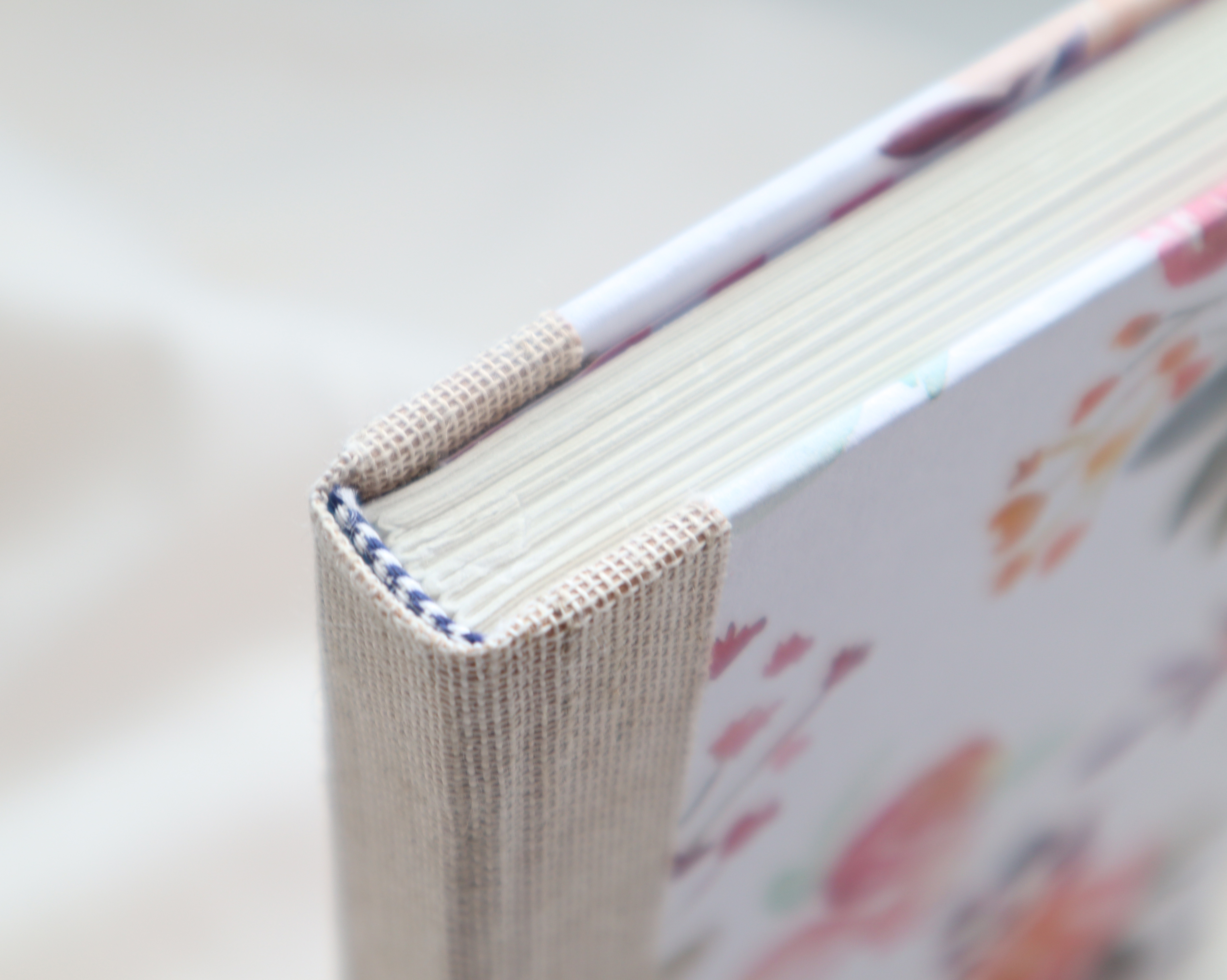

These are “case bindings.” For this type, you’ll need a few more things, but it’s totally do-able.
Recommended Reading
Before you try to make a book, get familiar with a few of the basics.
- Getting to Know the Physical Parts of a Book
- Glossary of Common Bookbinding Terms
- The Most Important Rule in Bookbinding | Grain Direction
- How to Choose the Right Size Bookbinding Thread
- Understanding Different Types of Bookbinding Glue
- How to Choose the Right Bookbinding Needle
- A Useful Guide to Different Types of Bookbinding Awls
- Know the Difference | Text and Writing Weight Papers
- Know the Difference | Book Board
Starter Bookbinding Tools & Materials
If you haven’t already, grab my Bookbinding Tools & Supplies Quick Start Guide to learn about the tools I’ll talk about below and where to find them.
🔖 SHOPPING LIST
✨ I’ve curated a Complete Starter Bookbinding Tools Set to include all of the must-have items on this list to make life easier.
🌟 I’ve also created some all-in-one book materials kits so you can just get on with making a book already 😂
Materials & supplies
- Paper. One 9×12 spiral bound book of drawing paper, 60 lb/90 gsm, will work great. Think brands like Strathmore, Artist’s Choice, etc.
- Glue. A bottle of Elmer’s Glue or an Elmer’s Craft Glue Stick will do the trick. They’re not acid-free, but that’s ok for your first book
- Linen thread. I explain how to choose the right linen thread if you’re curious about it
- A couple sheets of size 12″ x 12″ card stock paper. These make great softcovers. Choose any design(s) you like. They’re usually sold individually at Joanne’s or Michael’s craft stores, but you can also get them in paper packs. I recommend 12×12 because it will give you more options in terms of book sizing
Tools & equipment
- Sewing needle. read up on how to choose the right bookbinding needle to learn more
- Utility knife. Get one with a retractable blade and safety lock
- 12-18″ ruler. Avoid anything cork-backed if you can
- Scissors
- Something heavy (2-5lbs) to press the book down while it dries (I’ve used an unopened 20 ounce can of tomatoes wrapped in an up-cycled Amazon gift bag, so nothing is out of the question here)
If you’re already at the store and want to make your life easier, here are a few more tools I recommend:
- 1″ foam brush or decent quality art brush to apply glue. I like a wooden handled brush around 1/2″ to 3/4″ wide
- Awl or thick needle to pierce the paper. I wrote A Useful Guide to Different Types of Bookbinding Awls for all things poke-y
- Bone folder. If you’re vegan, you can also use Teflon or ABS plastic bone folders. They work just as good!
Now that you’ve got some tools, it’s time to use them.
Starter Bookbinding Methods
I always recommend the following bookbinding methods for anyone new to the craft. These methods require very few tools or materials and are quick to complete and easy for all ages (even kids).
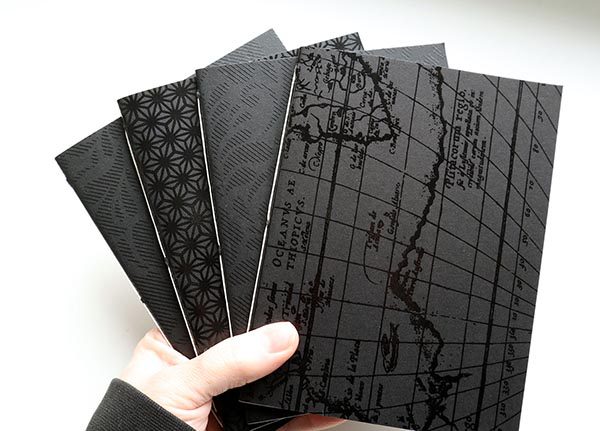
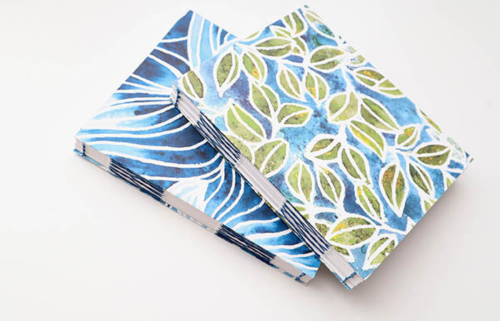
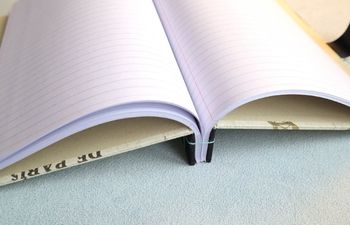
Starter Bookbinding Tutorials
It’s important to understand how paper and thread work together to create a book. These tutorials will guide you through the process of threading the needle, punching holes in paper and sewing it all together.
- Simple book using the 3-hole pamphlet binding method
- Wrapped pamphlet using handmade paper
- Softcover French Link Stitch book or journal
- Japanese stab binding notebook using loose leaf paper
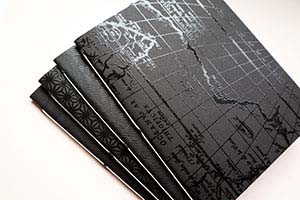
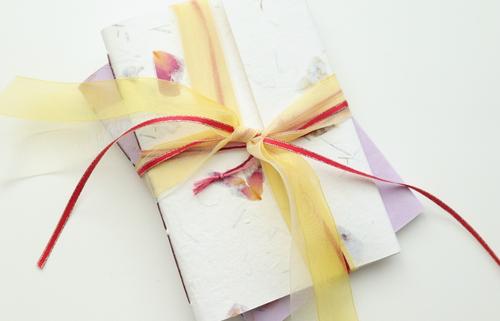

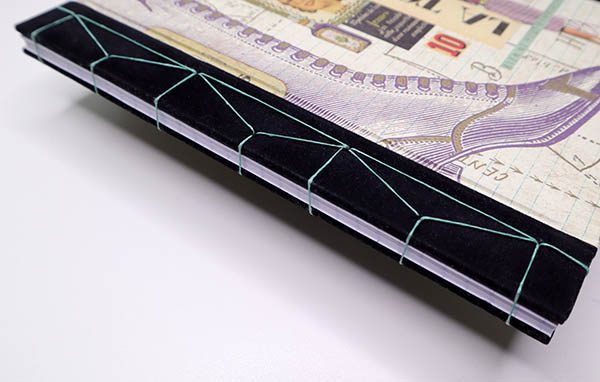
Remember to Have Fun
Bookbinding is an ancient trade handed down over thousands of years, but that doesn’t mean it’s “off limits” or for “trained professionals only.” No matter what you’ve heard or read, you don’t need formal training to make a book. Seriously.
In the beginning, feel free to choose the paper and materials that mean something to you. Don’t worry too much about the design, whether the page edges are rough or smooth, etc. None of that matters until you start working on intermediate bindings (like the Coptic Binding Method or Case Binding Method).
No matter what you do, have fun with it. Making a book isn’t as essential today as it was hundreds of years ago, so you have room to play, learn and create. That’s what it’s all about!
Thanks for letting me help you and for taking me along on your bookbinding journey.
ALL my best,
Misty


